#tofukuji temple
Explore tagged Tumblr posts
Text










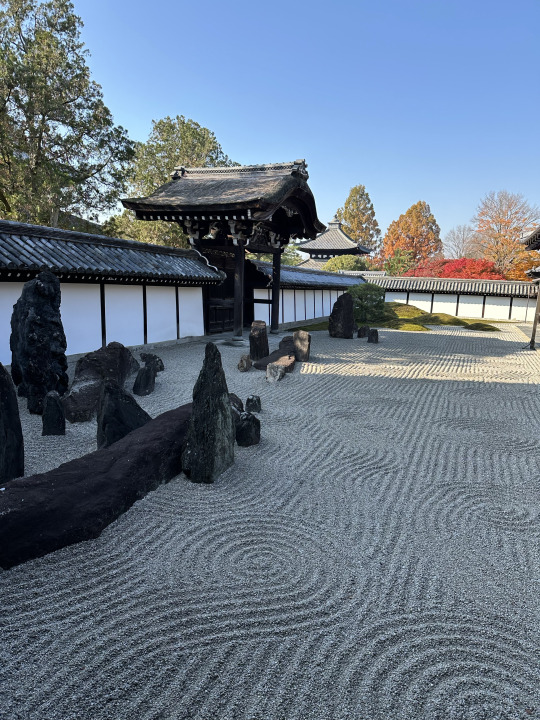
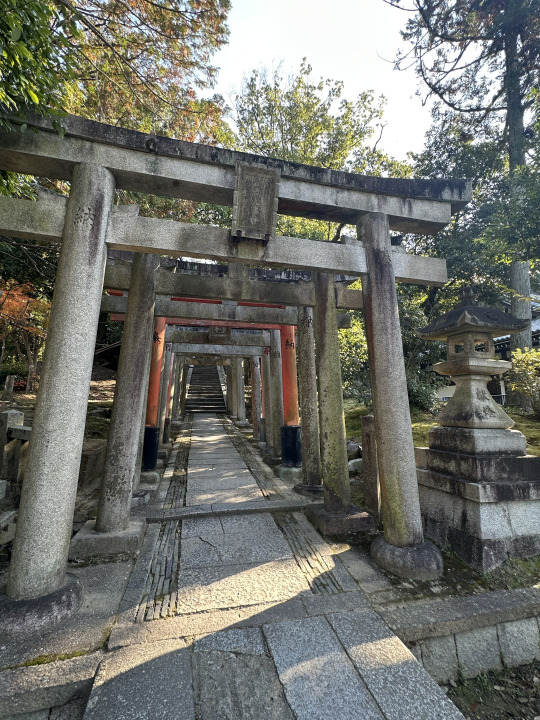

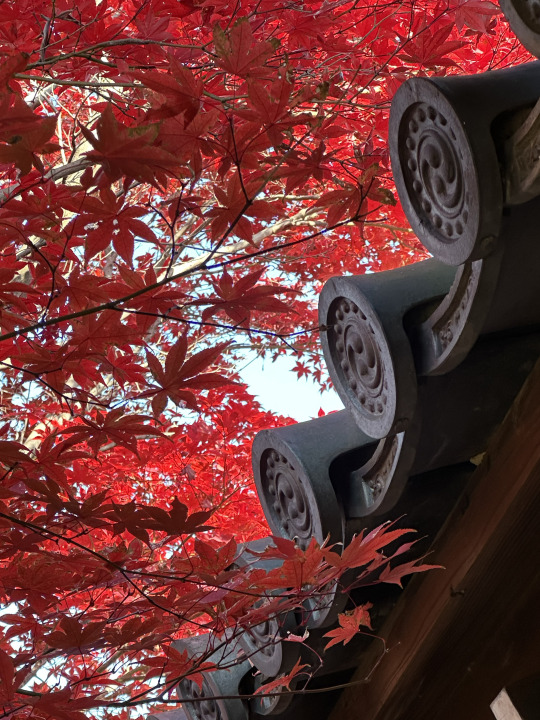


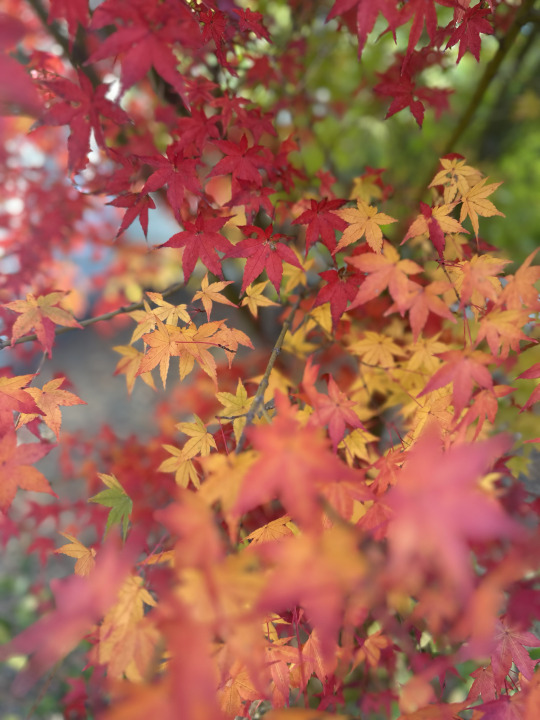

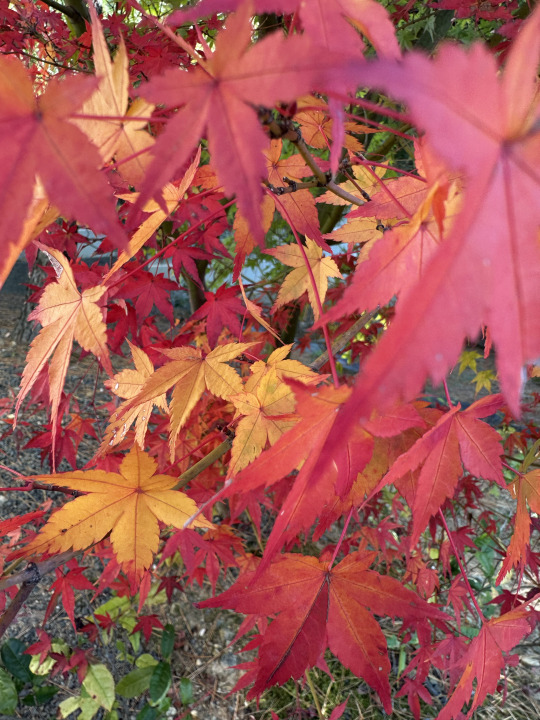
Now my pictures do lie here a bit, this temple was VERY crowded. One of the attractions of this zen temple is Tsutenkyo Bridge, a covered wooden walkway. But it was so crowded I only got a few pictures on or from it.
I did however find another smaller but similar bridge near the back, which is what’s pictured.
There are also rock & moss gardens including a unique checkerboard design, multiple sub-temples, The Sanmon Gate which you can climb the steep stairs of for a small fee. No pics allowed from the top however.
3 notes
·
View notes
Text
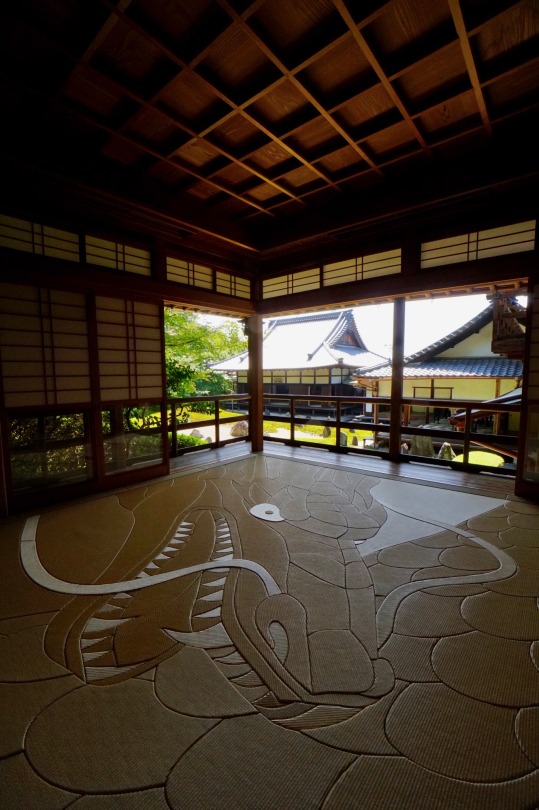

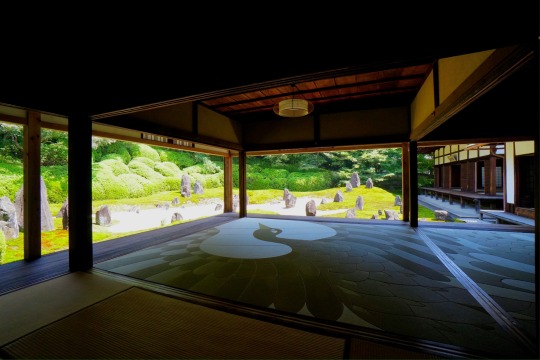
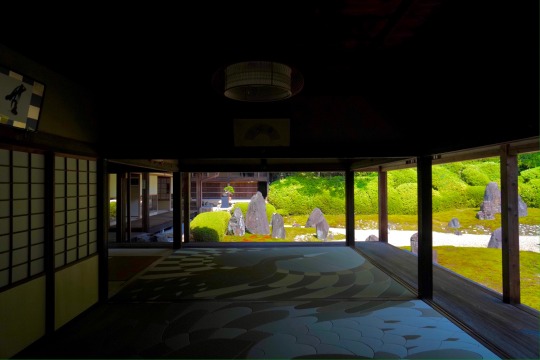
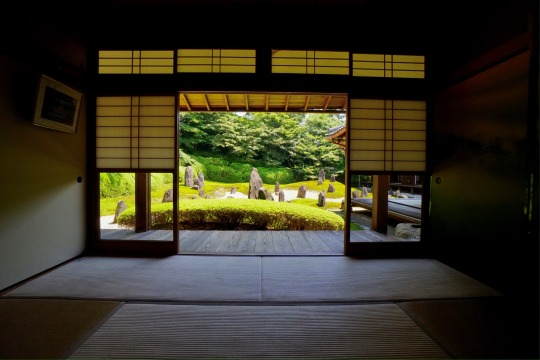
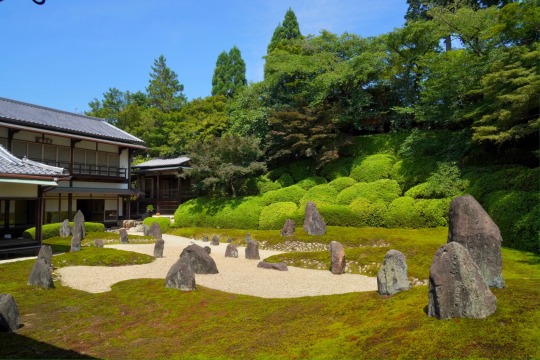
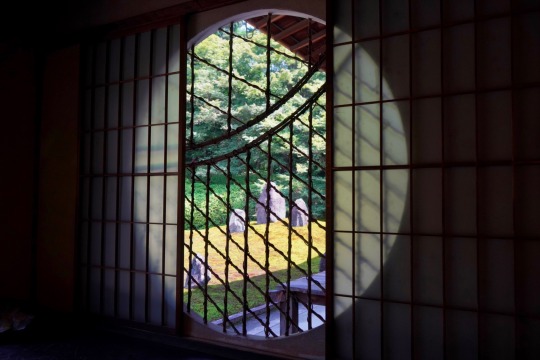
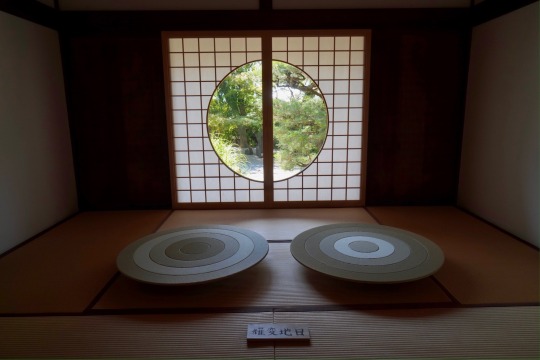


京都 東福寺 光明院 [畳アート]
kyoto to fukuji temple komyoin
354 notes
·
View notes
Text

Tofukuji Temple in Japan, known for its breathtaking autumn foliage, is a serene masterpiece. Located in Kyoto
47 notes
·
View notes
Text
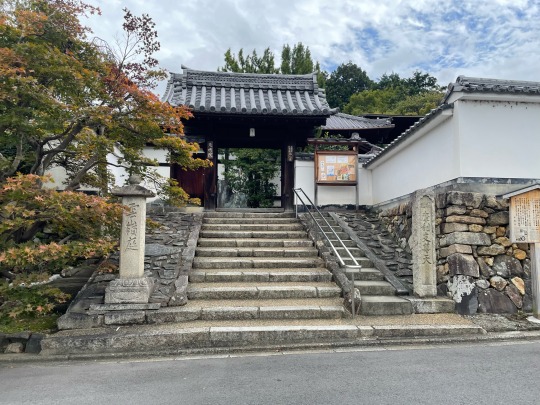
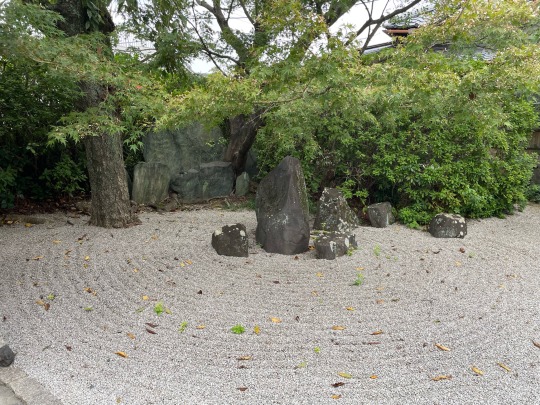

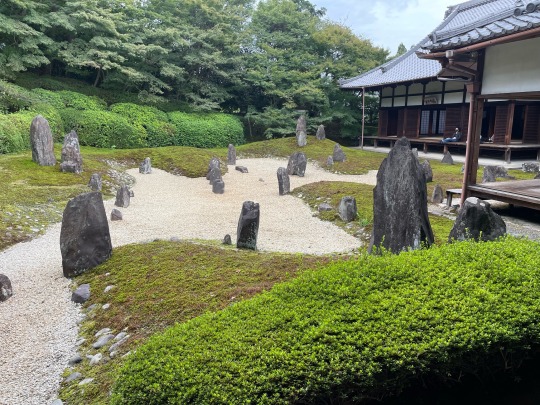



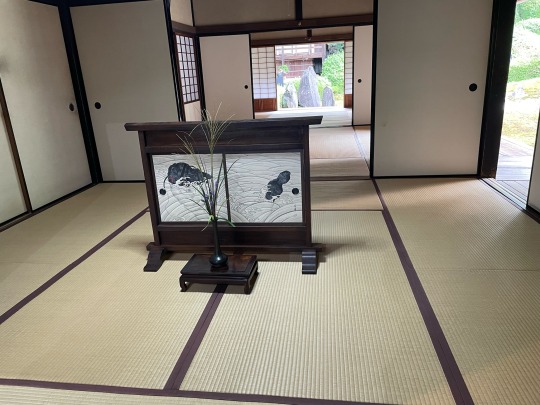

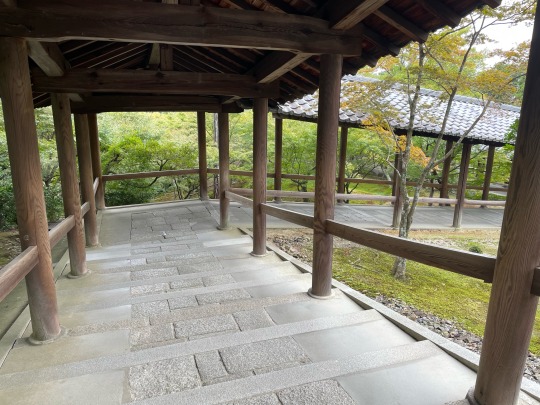
Japanese temple and garden.
How beautiful is that!
These atmosphere makes my mind peaceful.
In summer and autumn are more beautiful!!
Place: tofukuji in Kyoto
Acess : tofukuji station
#kyoto prefecture#kyoto japan#kyoto vacation#kyoto trip#japan kyoto#kyoto travel#japan tour#japan vacation#japan trip#japan travel#japan photos#japanese#travel#trip#tofukuji
2 notes
·
View notes
Video
youtube
Tofukuji Temple 3\3 Lost pages Assassins Creed Shadows
0 notes
Text
utumn is not the only attraction of Tofukuji.
The scenery that changes with the seasons is also wonderful
0 notes
Text
A day @Myoanji Temple.
I had had a long day at Daianji Temple in Nara just on Friday it was now Sunday. I took a day of rest Saturday, and now I am back at it again going to Myoanji. This is to be my first time playing at The Head Temple. I had played at a couple of other temples, including the main Zen temple of Tofukuji, but never at Myoanji. I had listened to a couple of performances there but never played. The…
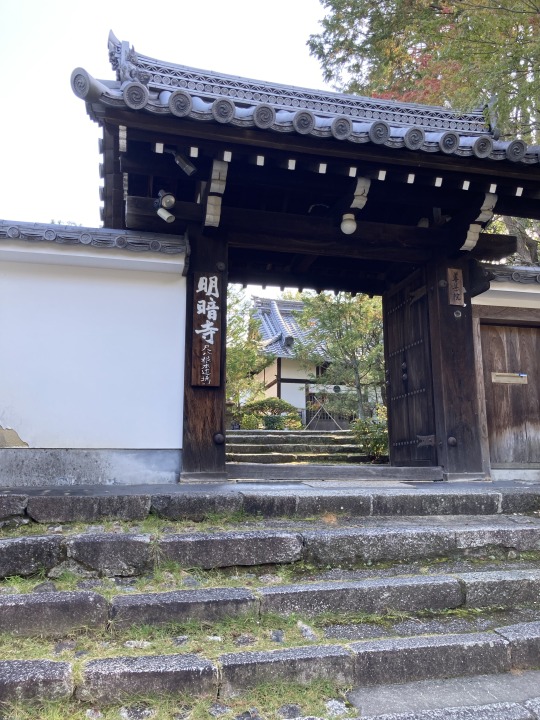
View On WordPress
#Blasain#Blasian#Buddhism#Buddhist#Ch&039;an#Chan Priest#flute#Honkyoku#Japan#Japan Temple#Japanese culture#Japanese music#Japanese Temple#Kansai#Komuso#Kyoto#Meditation#Myoanji#Osaka#Shakuhachi#Sui Zen#SuiZen#Traditional Japan#Zen#Zen Priest
0 notes
Text

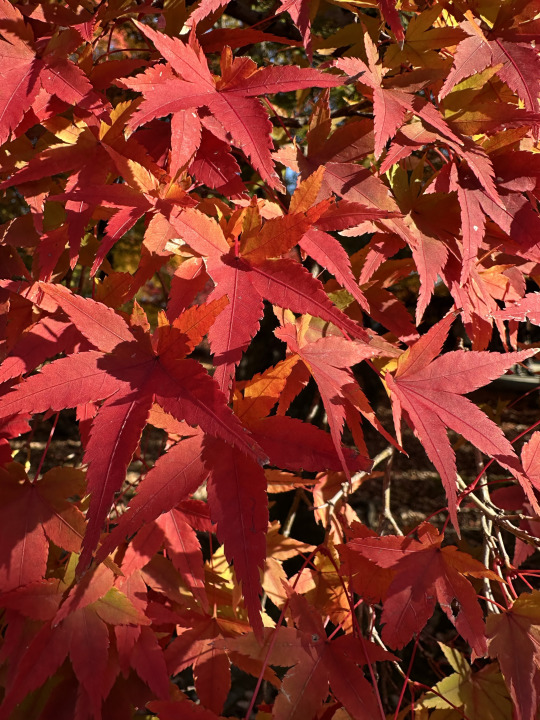
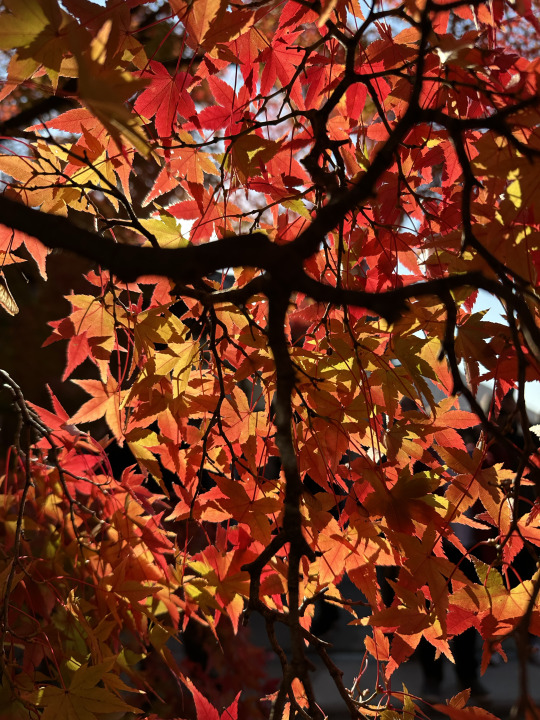

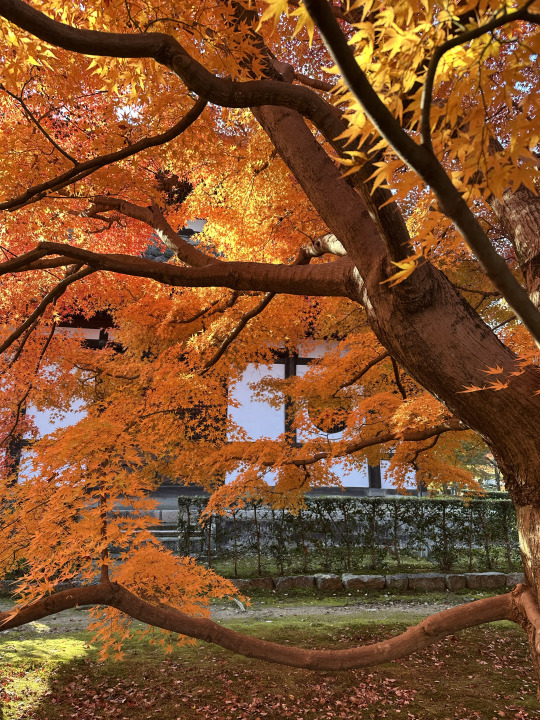

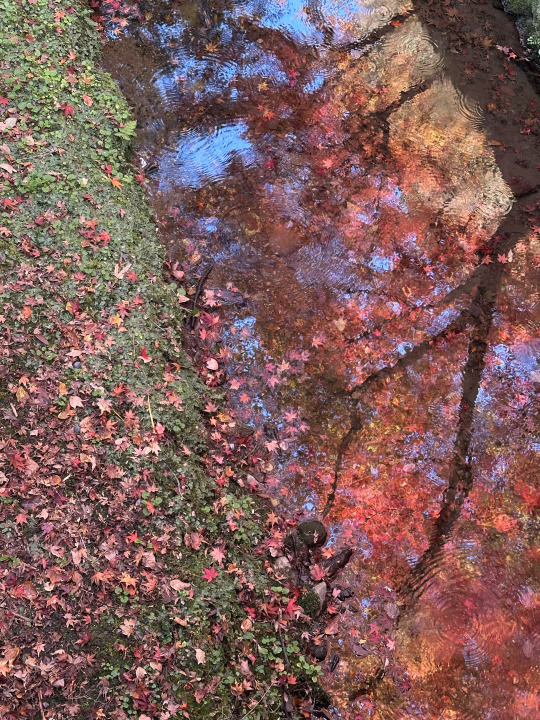




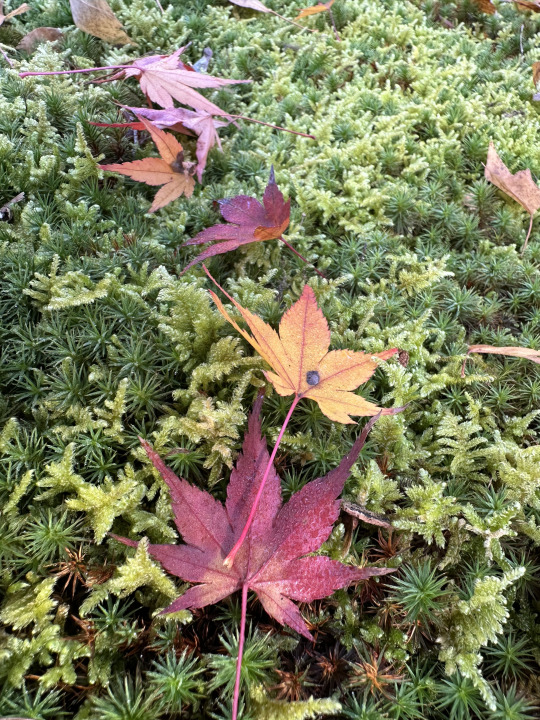
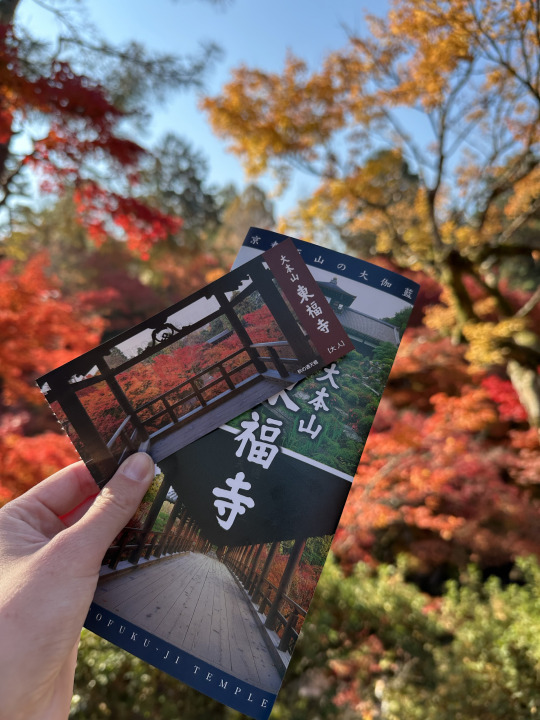






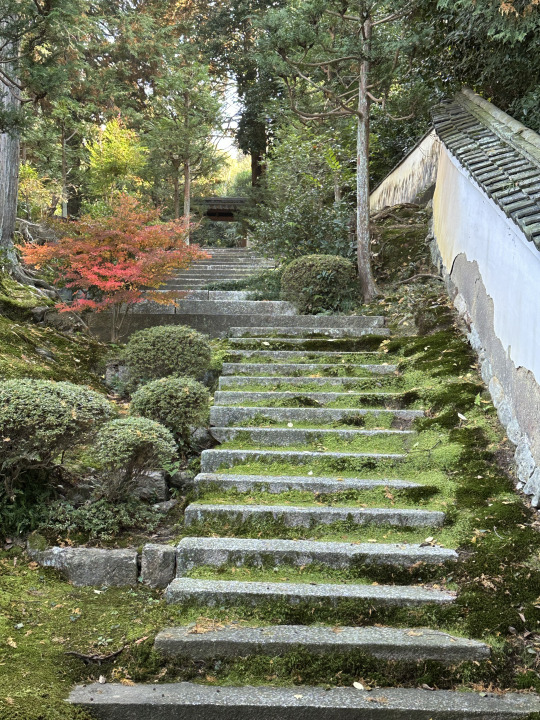
Tofukuji Temple is the next stop.
I’ve luckily timed it right so the maple leaves here are extraordinary - like a whole sea of red you can walk underneath. (via the ravine path)
2 notes
·
View notes
Text
Picturesque Kyoto - A Luxury Photographer's Guide
Capturing the Essence of Kyoto: A Photographer's Perspective The Perfect Time to Shoot Kyoto is a city of breathtaking beauty that offers endless opportunities for photographers to capture its essence. The perfect time to capture the city's beauty is during the autumn season, which is from October to November. The fall foliage in Kyoto is iconic and attracts a lot of tourists and photographers from all over the world. The changing colors of the leaves present an ideal opportunity for photographers to capture Kyoto's beauty in all its glory. Where to shoot Kyoto's beauty is not just limited to the autumn season. The city is full of picturesque locations such as the Fushimi Inari Shrine, Arashiyama Bamboo Grove, and Gion District that are perfect for photographers to capture. However, some hidden gems that are less known to tourists include Higashi Honganji Temple, Kitano Tenmangu Shrine, and Tofukuji Temple. These places are relatively quiet and provide a perfect opportunity to capture Kyoto's beauty in peace. Camera equipment and settings To capture the essence of Kyoto, a photographer needs the right camera equipment and settings. A wide-angle lens is essential to capture the expanse of Kyoto's beauty, while a telephoto lens is perfect for isolating and focusing on a particular subject. A tripod is also essential for stable shots, especially during low-light situations. When shooting during the autumn season, it is advisable to use a polarizer filter as it enhances the colors of the leaves and reduces glare. Kyoto's beauty is unmatched and offers endless opportunities for photographers to capture its essence. Photographers visiting Kyoto should plan their trips during the autumn season, explore the city's hidden gems for unique shots and use the appropriate camera equipment and settings to capture the city's beauty. Capturing the essence of Kyoto is a photographer's dream come true, and it's a city that one must experience in person to fully appreciate its beauty. 1. The Ritz-Carlton Kyoto If you're looking for a luxurious stay in Kyoto, the Ritz-Carlton should be at the top of your list. Located in the heart of the city, this hotel offers stunning views of the Kamogawa River and Higashiyama Mountains. The rooms are spacious and elegantly decorated, and the hotel also offers a variety of restaurants and a spa. Plus, the staff is incredibly attentive and will go out of their way to make your stay memorable. 2. Four Seasons Hotel Kyoto The Four Seasons is another top choice for luxury accommodations in Kyoto. This hotel is located in a historic district of the city, so you'll feel like you're stepping back in time when you stay here. The rooms are spacious and beautifully decorated, and the hotel also has a spa, multiple restaurants, and a beautiful rooftop garden. Plus, the staff is always happy to give recommendations for local attractions and restaurants. 3. Hyatt Regency Kyoto The Hyatt Regency Kyoto is a luxurious hotel located near the Kyoto National Museum. The rooms are spacious and beautifully decorated in a traditional Japanese style, and the hotel also offers a spa, pool, and multiple restaurants. One of the highlights of this hotel is the beautiful garden, which is the perfect place to relax after a day of sightseeing. 4. The Westin Miyako Kyoto The Westin Miyako Kyoto is located in a beautiful forested area of Kyoto, and the hotel itself is surrounded by lush gardens. The rooms are spacious and elegantly decorated, and the hotel also offers a spa, multiple restaurants, and a fitness center. One of the highlights of this hotel is the beautiful outdoor pool, which is the perfect place to relax and unwind. 5. Suiran, a Luxury Collection Hotel, Kyoto Suiran is a luxury hotel located on the banks of the Hozu River, and the hotel itself is set in a beautiful traditional Japanese building. The rooms are spacious and beautifully decorated, and the hotel also offers a spa, multiple restaurants, and a beautiful outdoor garden. One of the highlights of this hotel is the private hot springs, which are the perfect place to relax and unwind after a day of sightseeing. Exploring Kyoto's Historical Landmarks Through the Lens Kyoto is a city that boasts a rich cultural heritage and a fascinating history. Whether you are a photography enthusiast or a history buff, Kyoto has something to offer everyone. With its stunning temples, shrines, and beautifully preserved streets, Kyoto offers endless opportunities for capturing breathtaking photos that reflect the beauty and essence of this city. The Fushimi Inari Shrine The Fushimi Inari Shrine is one of the most iconic and photographed landmarks in Kyoto. This shrine is famous for its stunning torii gates that lead to the summit of Mount Inari. The torii gates vary in size and color, making for an incredible photo opportunity. The best time to visit the shrine is either early in the morning or late in the evening when the crowds are minimal and the light is at its best. Don't forget to bring along your tripod to capture the perfect shot. The Kinkaku-ji Temple The Kinkaku-ji Temple, also known as the Golden Pavilion, is a must-visit for any photographer. The temple is famous for its golden exterior that shimmers in the sunlight. Surrounded by a tranquil pond and beautiful gardens, the Kinkaku-ji Temple is a feast for the eyes. To capture the perfect shot, aim for a clear day when the sunlight brings out the golden hues of the temple. The Ginkaku-ji Temple The Ginkaku-ji Temple, also known as the Silver Pavilion, is another famous temple in Kyoto. Unlike the Kinkaku-ji Temple, the Ginkaku-ji Temple has a more understated elegance, with a silver exterior that exudes a sense of tranquility and serenity. The temple is surrounded by beautiful gardens that bloom throughout the seasons. The best time to visit the Ginkaku-ji Temple is during the autumn months when the leaves change color and create a stunning backdrop for your photos. The Nijo Castle The Nijo Castle is a UNESCO World Heritage site that boasts some of the most impressive architectural feats in Japan. The castle is famous for its elaborately decorated rooms, intricate carvings, and beautiful gardens. The castle's stunning architecture and peaceful gardens make it an ideal location for capturing beautiful photos. To capture the perfect shot, try visiting the castle early in the morning when the light is soft and the crowds are minimal. The Gion District The Gion District is one of the most charming areas in Kyoto, known for its beautiful geisha and traditional Japanese architecture. The district is home to some of the oldest teahouses and restaurants in Kyoto, making it a perfect location for photography enthusiasts. To capture the essence of this district, visit early in the morning when the streets are quiet and the light is soft. Be sure to respect the privacy of the geisha as they go about their daily routines. Exploring Kyoto's historical landmarks through the lens can be an unforgettable experience. Whether your passion is history or photography, Kyoto has something to offer everyone. From its stunning temples and shrines to its traditional streets and districts, Kyoto is a city that never fails to inspire. Traditional Japanese Cuisine for the Foodie Photographer Introduction to Japanese Cuisine Japanese cuisine is well known for being healthy, fresh and visually appealing. It is a critical aspect of the country's culture and has developed over centuries. The ingredients used are often seasonal, making each dish unique to its time of year. Japanese food is both simple and complex in nature, with meticulous attention paid to every detail, from the presentation to the texture and taste. Types of Japanese Cuisine There are several types of Japanese cuisine, and each has its unique taste, cooking style, and history. The most commonly known types are: - Washoku (traditional Japanese cuisine) - Kaiseki (traditional multi-course meal) - Sushi (vinegared rice topped with raw fish) - Tempura (deep-fried battered seafood and vegetables) - Ramen (noodles in soup broth) - Izakaya (Japanese-style pub food) Top Japanese Dishes to Try If you're a foodie photographer visiting Japan, some popular dishes to try are: - Sushi: sushi is raw fish atop of vinegared rice and may include shrimp, tuna, salmon, or sea bream. - Ramen: ramen is a dish of noodles in soup broth. - Soba: soba is thin buckwheat noodles served hot or cold. - Tempura: tempura is a deep-fried dish of seafood and vegetables covered in batter and served with a dipping sauce. - Takoyaki: octopus balls are a popular street food consisting of batter balls filled with octopus. - Okonomiyaki: a savory pancake filled with various ingredients like meat, seafood, and vegetables. - Udon: a chewy noodles made of wheat flour and served hot or cold in broth. Japanese Food Presentation Presentation of food is of utmost importance in Japan. The food is decorated with flowers, leaves, and other garnishing items attractively to make the dish look stunning and visually pleasing. Plates and bowls are chosen for each dish to best highlight its characteristics. Japanese chefs consider the visual appeal of each dish in every way, from color to texture to arrangement, to make every plate a work of art. Japan offers a unique culinary experience that is like no other. A visit to Japan's local markets and restaurants can help foodie photographers capture some of the most visually appealing and delicious dishes. From simple noodle dishes to elaborate multi-course meals, Japanese cuisine has something to offer for every taste. Every dish can be a treat to the eyes and the taste buds, making it a memorable experience that can be savored forever. Uncovering Kyoto's Hidden Gems: Off-the-Beaten-Path Photography Locations 1. Shugakuin Imperial Villa Located in the tranquil hills of northeast Kyoto, the Shugakuin Imperial Villa is a hidden gem for photography enthusiasts. This villa features stunning traditional Japanese gardens that convey a sense of serenity and natural beauty. The garden is divided into three sections, each representing a different season. The ponds, waterfalls, and winding paths offer endless photo opportunities for those who want to capture the essence of Japanese culture and traditions. 2. Fushimi Inari Shrine While Fushimi Inari Shrine is famous for its thousands of vermilion torii gates, many visitors often miss the off-the-beaten-path paths and shrines that lead up the mountain. These paths are just as beautiful and offer a unique perspective of the shrine. Photographers can capture the striking contrast between the torii gates and the serene forest that surrounds them. The uphill hike also offers stunning views of Kyoto's skyline, making this location a must-visit for photographers. 3. Gion District The Gion District is renowned for its traditional Japanese architecture and its geisha culture. However, few tourists venture deep into the district's narrow alleyways to discover its hidden gems. Here, you will find quaint shops and restaurants, beautiful Zen gardens, and peaceful shrines. The backstreets are perfect for photographing the vibrant colors of traditional Japanese lanterns, wooden buildings, and beautiful flower arrangements. 4. Kibune Shrine Located in the mountains north of Kyoto, Kibune Shrine is known for its peaceful and scenic atmosphere. The wooden torii gates that lead up to the main shrine and the beautiful river that runs alongside it offer numerous photo opportunities. The shrine is also home to a unique dining experience known as kawadoko, where people can enjoy their meal on summer mats placed over the river. 5. Ohara Village Ohara Village is a charming rural town located in the mountains northeast of Kyoto. The village is famous for its beautiful temples, including Sanzen-in Temple, Jakkoin Temple, and Raigo-in Temple. The temples are surrounded by lush greenery and offer fantastic photo opportunities of traditional Japanese architecture and tranquil gardens. Kyoto is filled with hidden gems waiting to be discovered and captured through a lens. These off-the-beaten-path locations offer a unique perspective of traditional Japanese culture and a serene atmosphere that is perfect for photography. Photographing the Natural Beauty of Kyoto: Parks and Gardens Kyoto Botanical Garden The Kyoto Botanical Garden is a must-visit destination for nature lovers and photographers alike. This garden is home to an impressive collection of plants, including many rare species, that are sure to capture your attention and imagination. You'll find a variety of classic Japanese garden features here, including a pond, rock garden, and traditional teahouse. Be sure to visit during the cherry blossom season when the garden comes alive with color and beauty. Arashiyama Bamboo Forest The Arashiyama Bamboo Forest is one of Kyoto's most iconic natural attractions and a popular spot for photographers. The towering bamboo stalks create a serene and tranquil atmosphere that is truly stunning. You can explore the forest on foot or by bicycle and take your time capturing the beauty of this unique location. Be sure to visit early in the morning or late in the afternoon for the best light and to avoid the crowds. Kinkaku-ji Temple Gardens Kinkaku-ji Temple, also known as the Golden Pavilion, is one of Kyoto's most famous landmarks. However, it's not just the temple that is worth visiting. The surrounding gardens are equally stunning and a favorite of photographers looking to capture traditional Japanese architecture and natural beauty. The gardens include a pond with several islands, a waterfall, and a variety of trees and flowers that change with the seasons. Heian Shrine Garden The Heian Shrine Garden is a peaceful and serene oasis in the middle of Kyoto. This garden features a large pond, several bridges, and a variety of trees, flowers, and shrubs. The garden is especially stunning during the cherry blossom season when the trees are in full bloom. There are also several traditional Japanese buildings on the grounds that make for beautiful photo backdrops. Nanzen-ji Temple Gardens The Nanzen-ji Temple Gardens are an expansive and beautiful set of gardens surrounding the Nanzen-ji Temple. This temple has a long and fascinating history and the gardens reflect this with their traditional Japanese design elements and immaculate attention to detail. The gardens are particularly stunning during the fall when the leaves change color and provide a striking backdrop for your photos. Souvenir Shopping for Photographers in Kyoto's Markets. When it comes to souvenir shopping, it can be tough to find something truly unique and special. But, in Kyoto's markets, photographers are in for a treat. From vintage camera gear to handmade photo albums, there is something for every photography enthusiast. Here are some of the top spots to check out: Tenjin-san Market Located at the Kitano Tenmangu Shrine, this monthly flea market is a treasure trove for antique camera collectors. You can find everything from classic lenses to rare film cameras. The market is held on the 25th of every month, so plan accordingly. Nishiki Market Known as "Kyoto's Kitchen," Nishiki Market is a foodie's paradise. But, hidden amongst the food stalls, you can find shops selling traditional Japanese paper and stationary. These make for beautiful backdrops in photographs and can add a unique touch to your photo albums. Kyoto Handicraft Center If you're looking for handmade photo albums, the Kyoto Handicraft Center is the place to go. The center is home to over 100 workshops where artisans create traditional Japanese crafts. You can find photo albums made from washi paper and other unique materials. Overall, souvenir shopping in Kyoto's markets is a must for photographers. You never know what unique and special items you may find to enhance your photography collection. Learn more here! Read the full article
0 notes
Text
Tofukuji Temple in Kyoto, No.1 popularity for colorful autumn leaves!
Tofukuji Temple in Kyoto, No.1 popularity for colorful autumn leaves! Hi I’m Nobu, I like traveling overseas and in Japan, visited 25 countries! I’m a National Government Licensed Guide Interpreter of English for 8 years. For the people who are interested in and planning trip to Japan ,I show you hidden local information which you have never seen and heard of through books and ordinary…
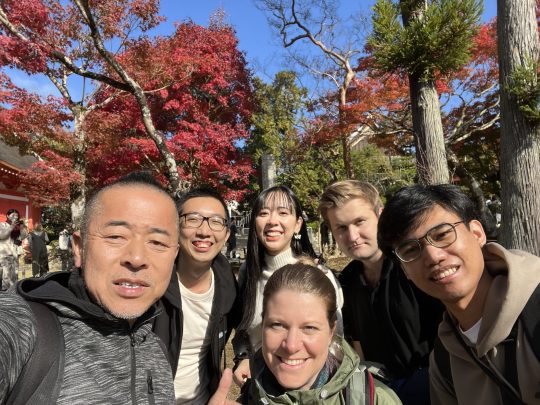
View On WordPress
3 notes
·
View notes
Photo
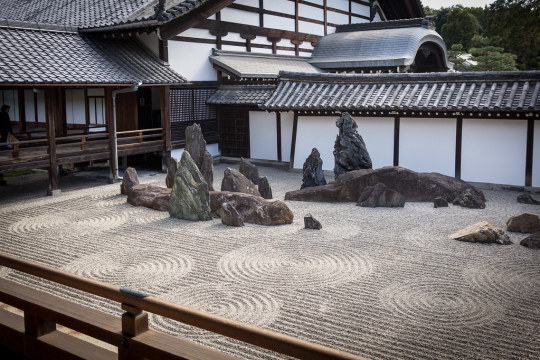
Tofukuji temple, Hojo, Kyoto by Christian Kaden on Flickr
45 notes
·
View notes
Photo
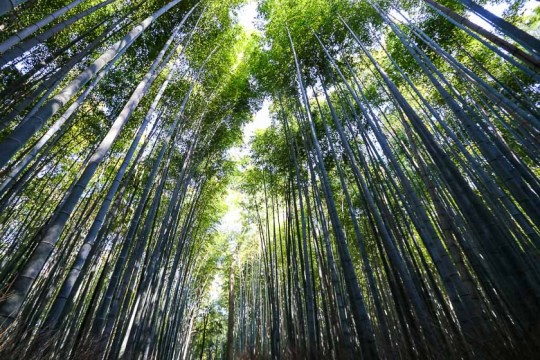
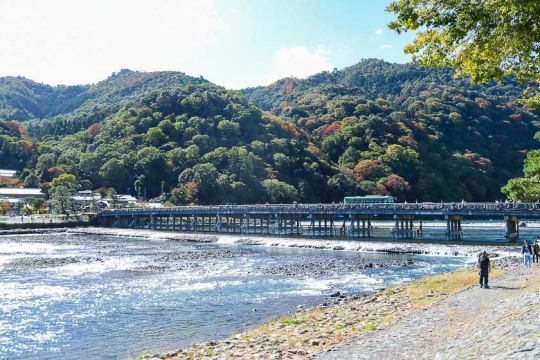

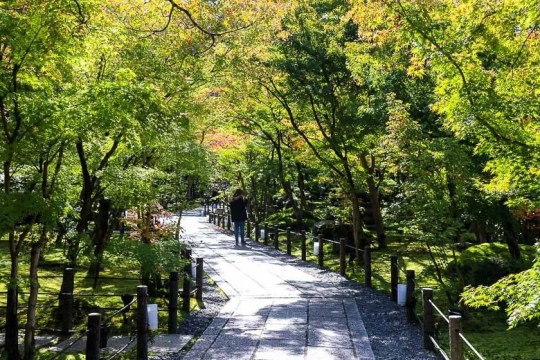

Kyoto, Japan
#kyoto#tofukuji temple#eikando temple#togetsukyo bridge#jojakkoji temple#arashiyama#bamboo forest#japan#japan guide#autumn
1 note
·
View note
Text
Kyoto Trip Journey Information | Expedia
Kyoto Trip Journey Information | Expedia
Kyoto – lengthy thought of one among Japan’s most stunning cities. From its temples to its fashionable delights, take a look at the highest sights of Kyoto. When prepared, browse …

View On WordPress
#Arashiyama#Arashiyama Monkey Park#cvg#Fushimi Inari Shrine#Gion#Heian Shrine#Ishibe Alley#Kiyomizu Temple#Kodaiji Temple#Kyoto Station#Kyoto Tower#Nijo Castle#Shoren-in Temple#Tofukuji Temple#Yasaka Shrine
0 notes








